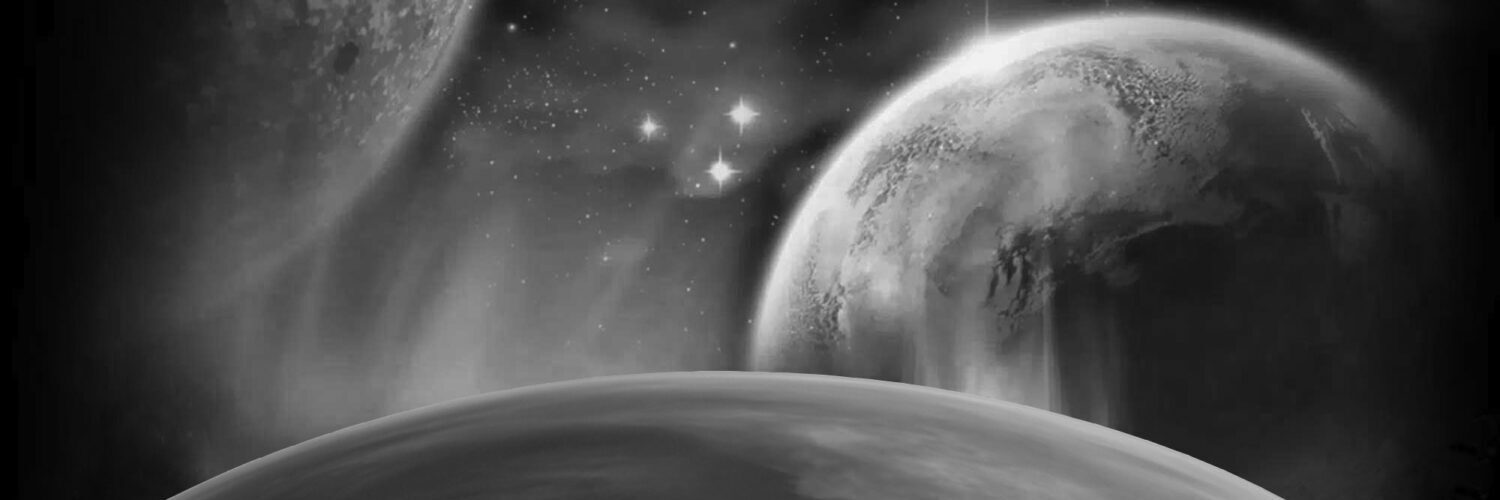End of an Era
The last space shuttle blasted off today. I’m sad about that, and not just because I’m a science fiction writer. I know there are those who complain about the cost of sending people out into space, and who will argue about the overall ROI until the sun goes nova, but I see our reach for the stars as something more than just a scientific/economic/military/political venture. In ancient days, we looked up at the night sky Read More …
